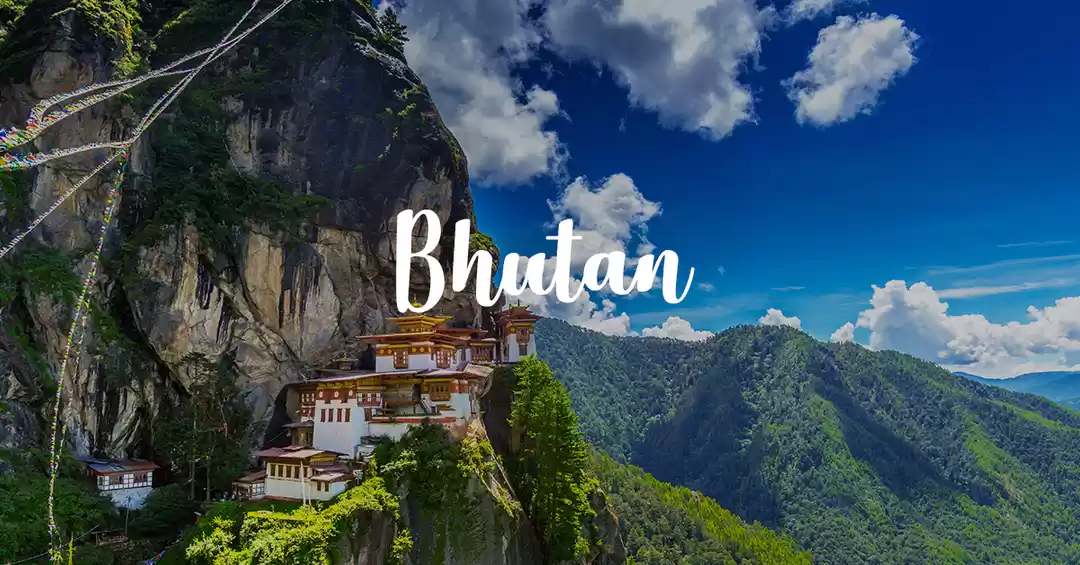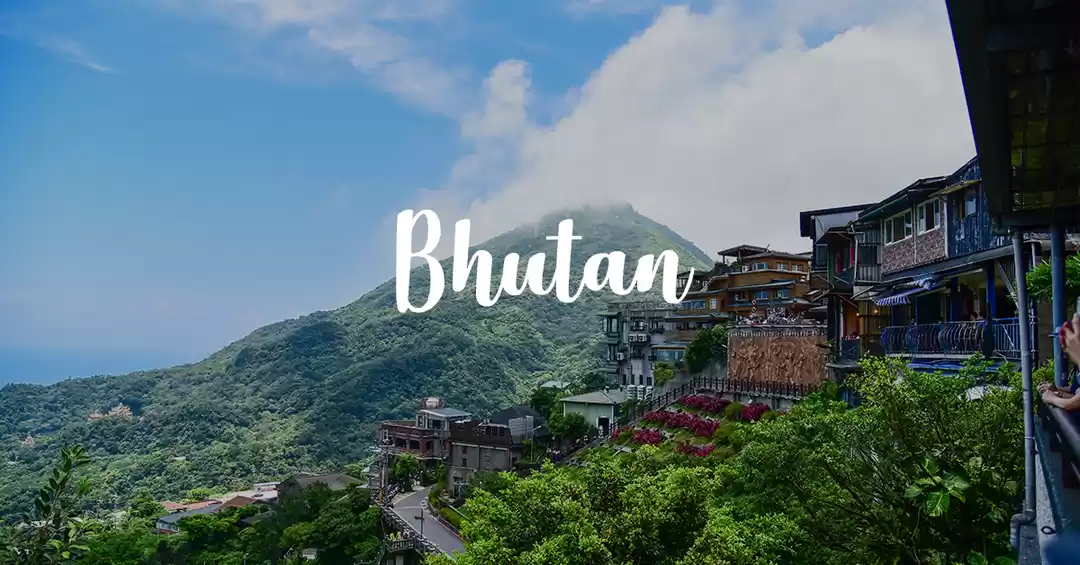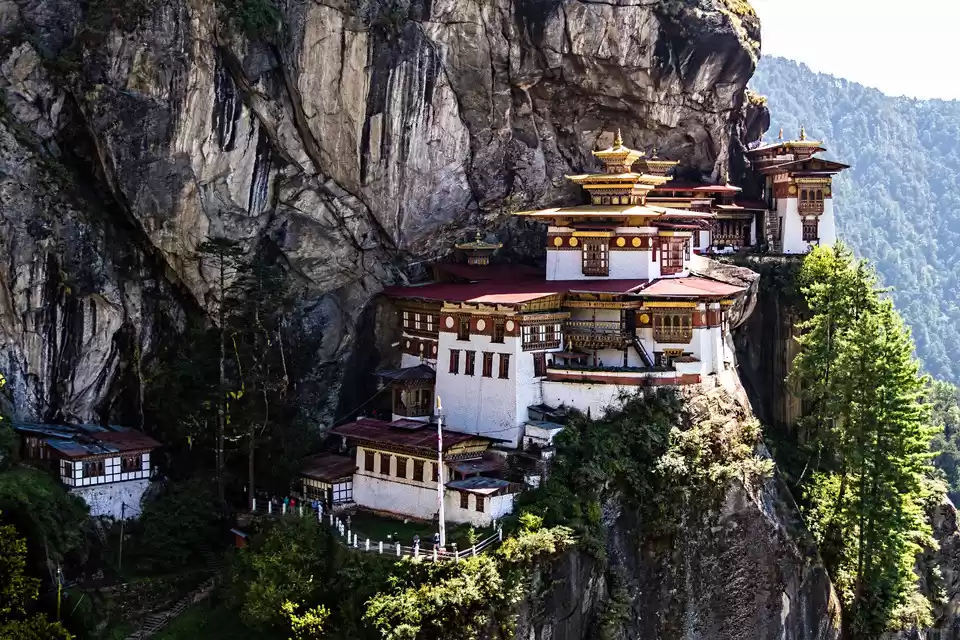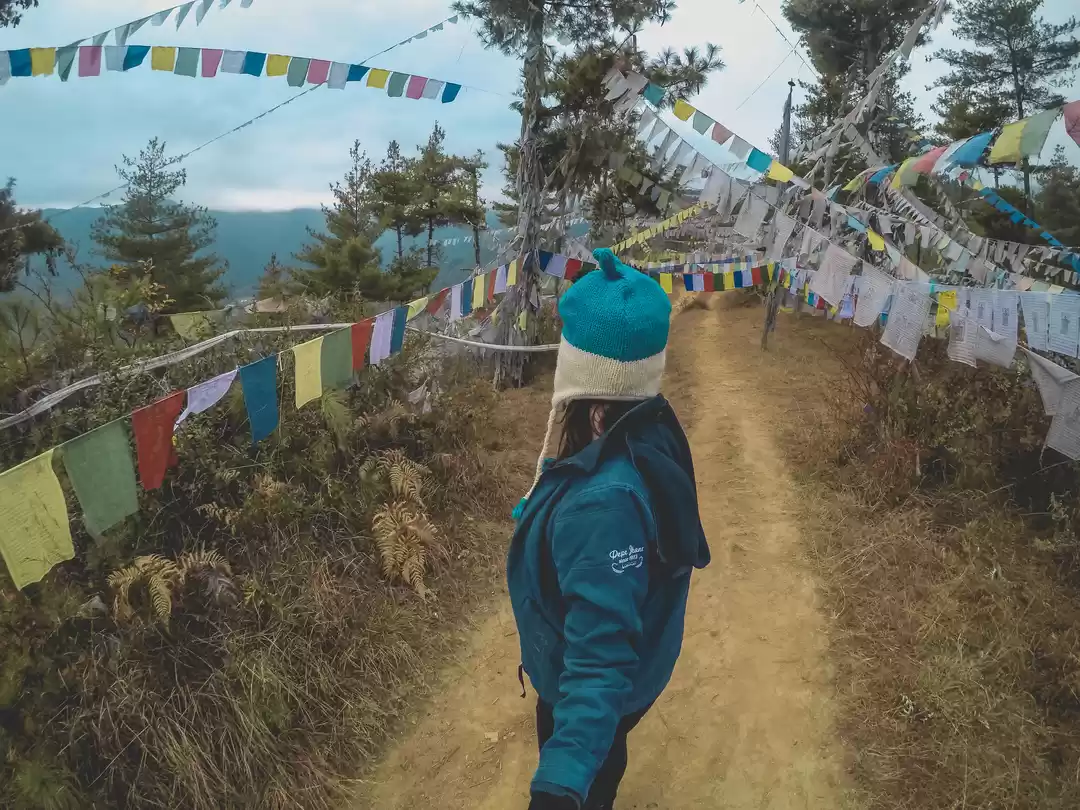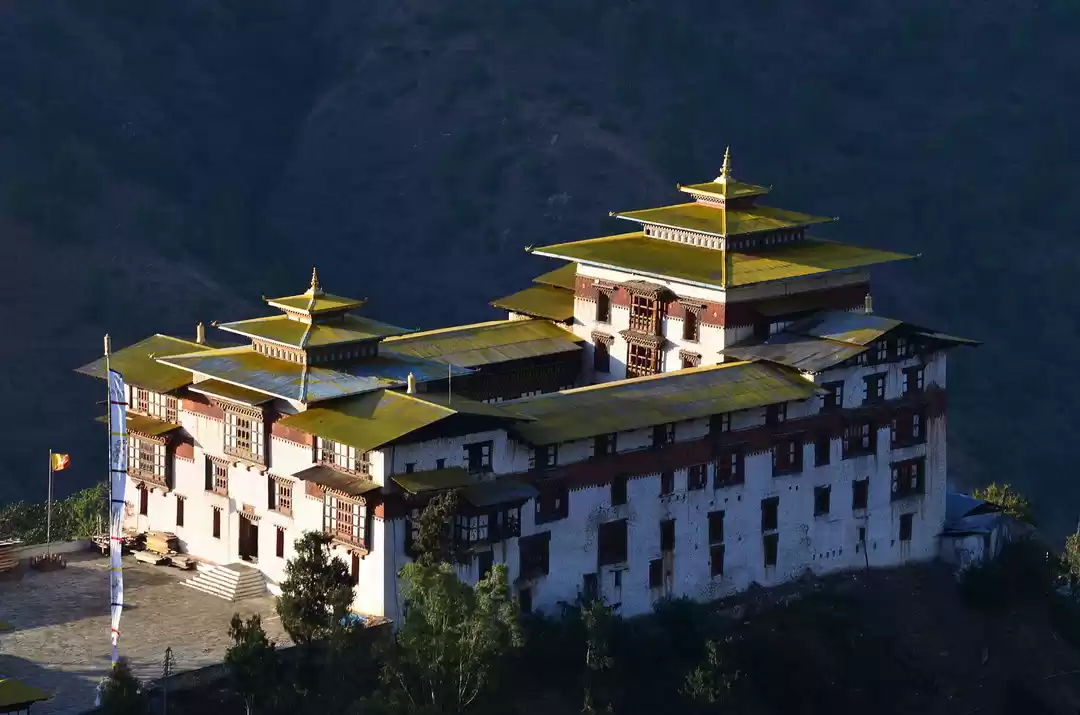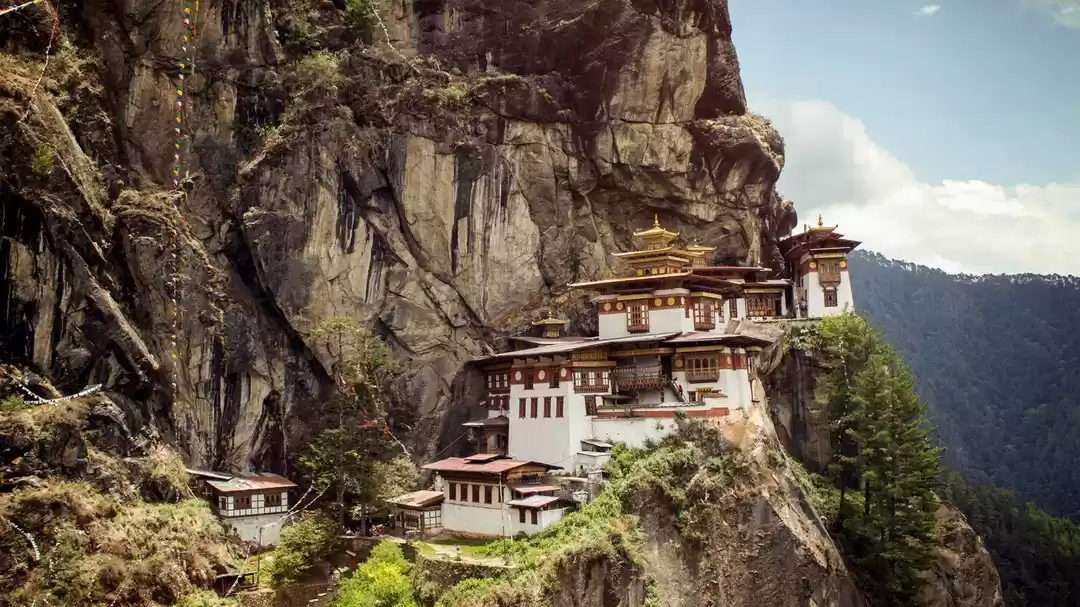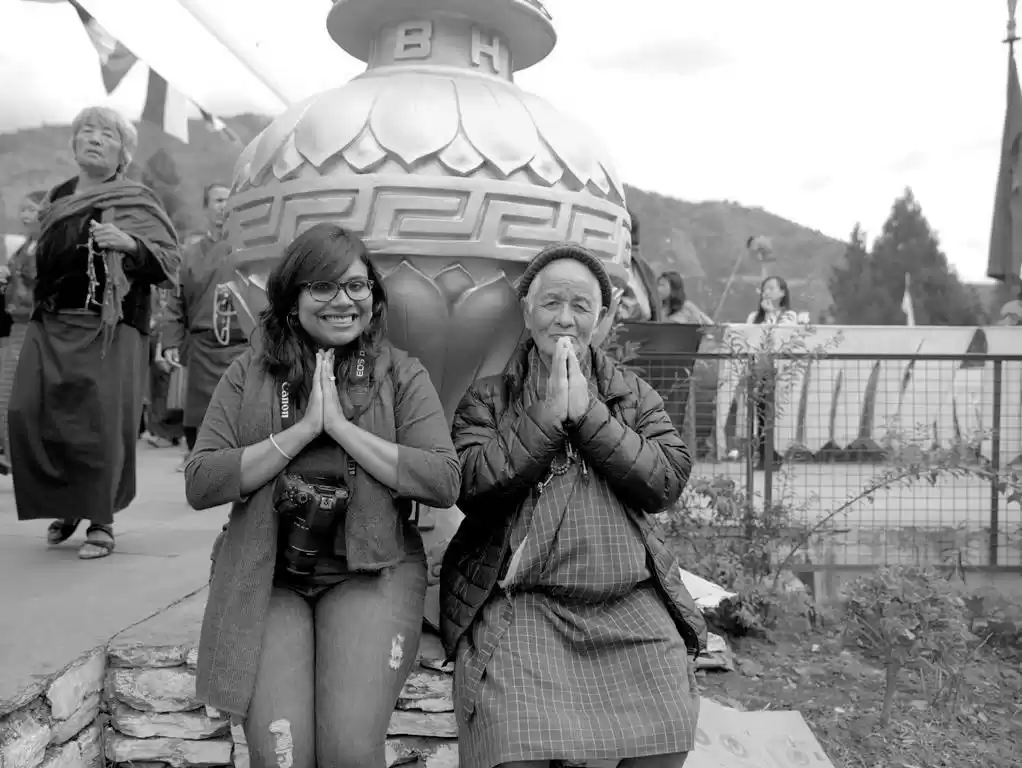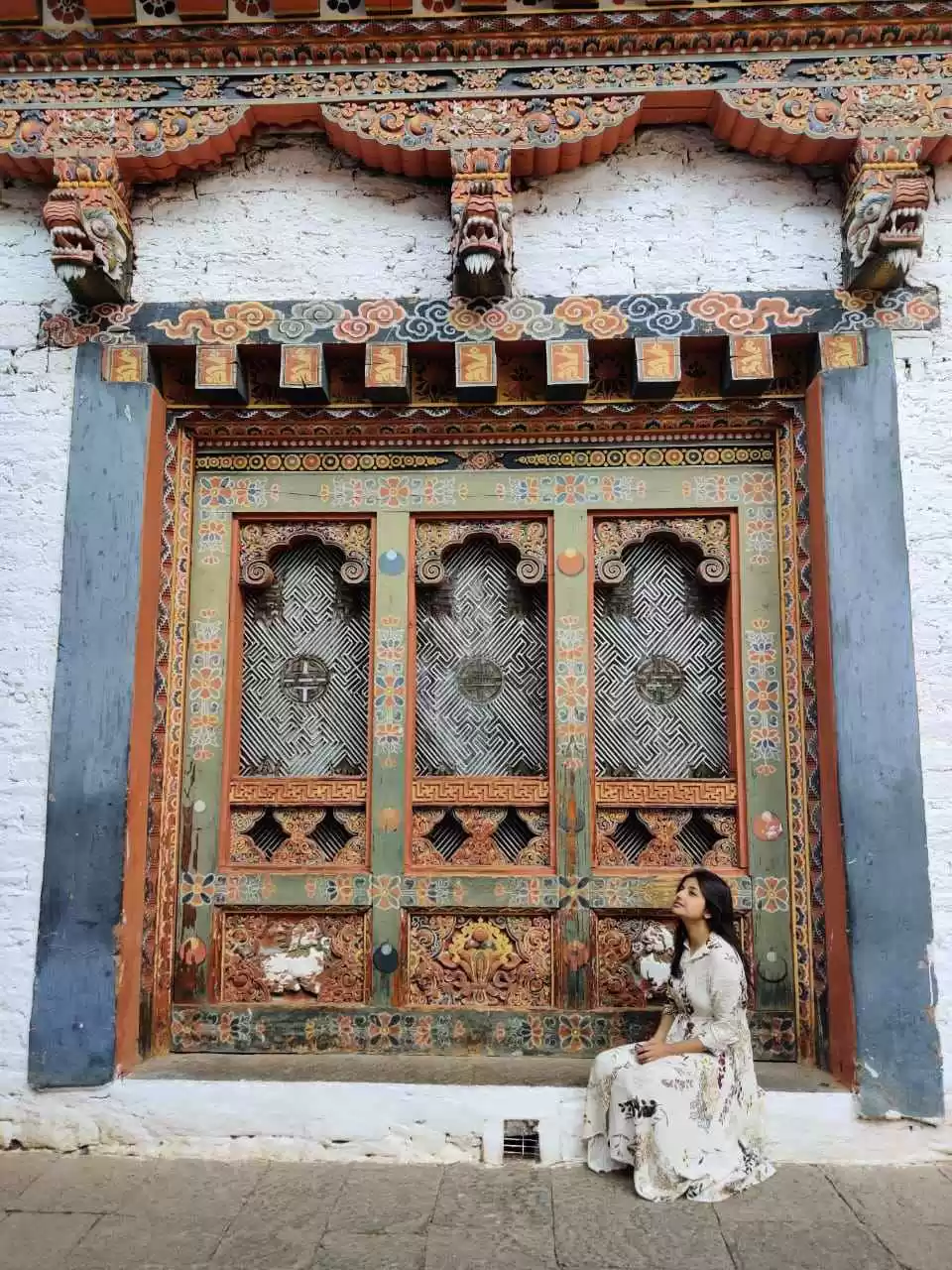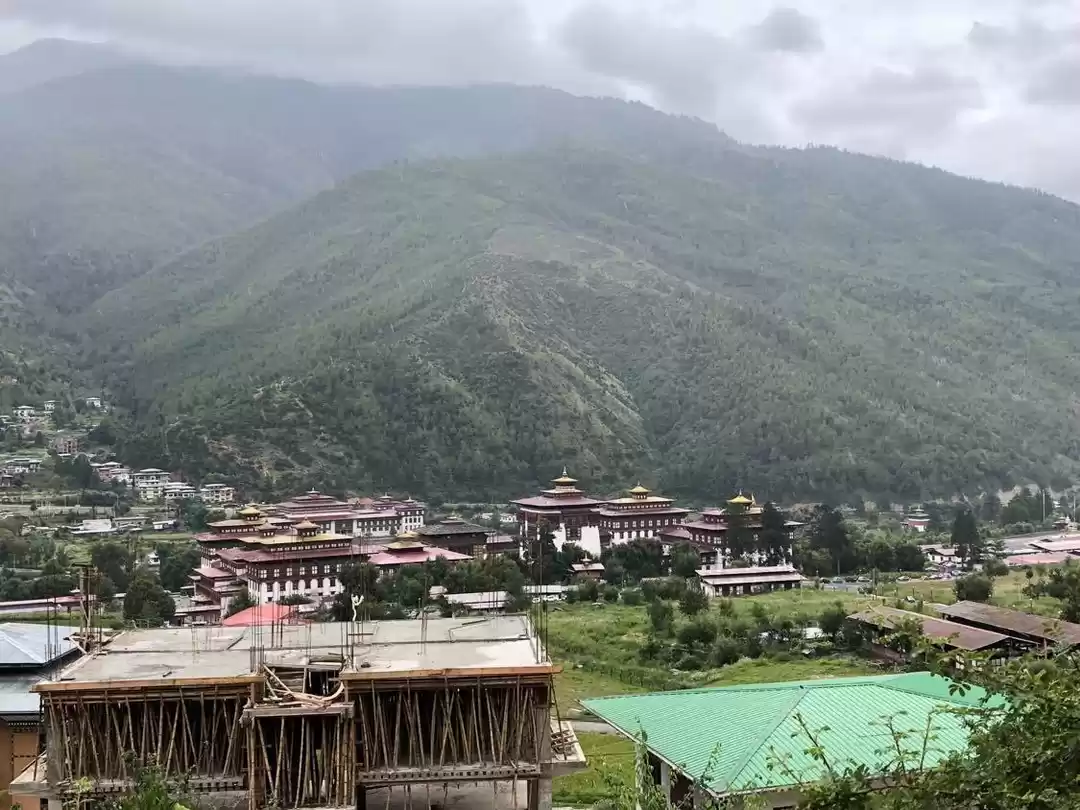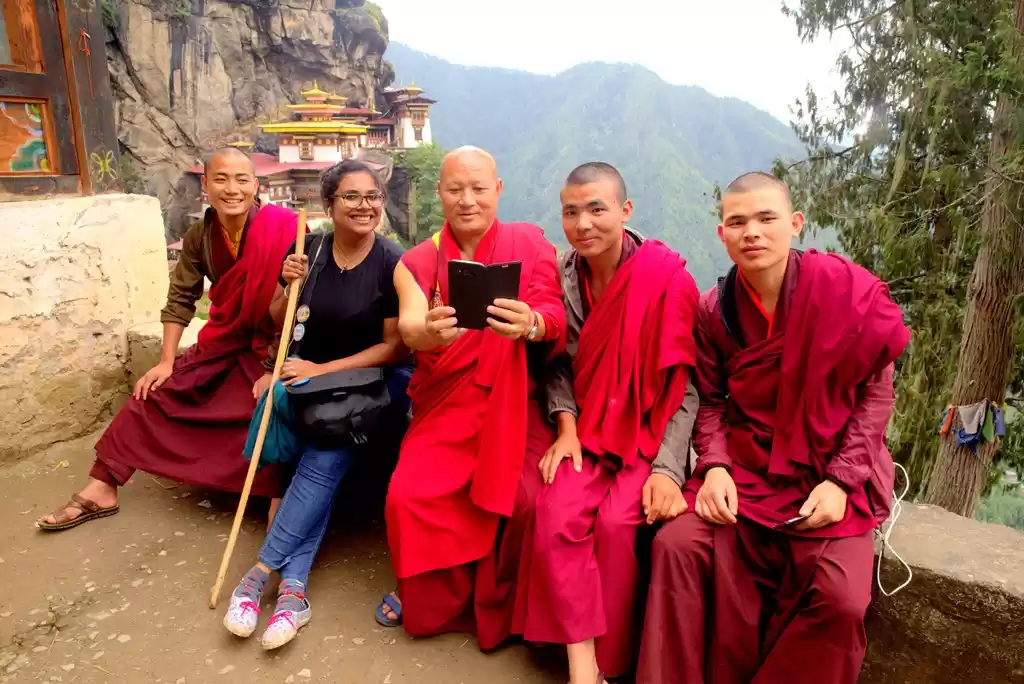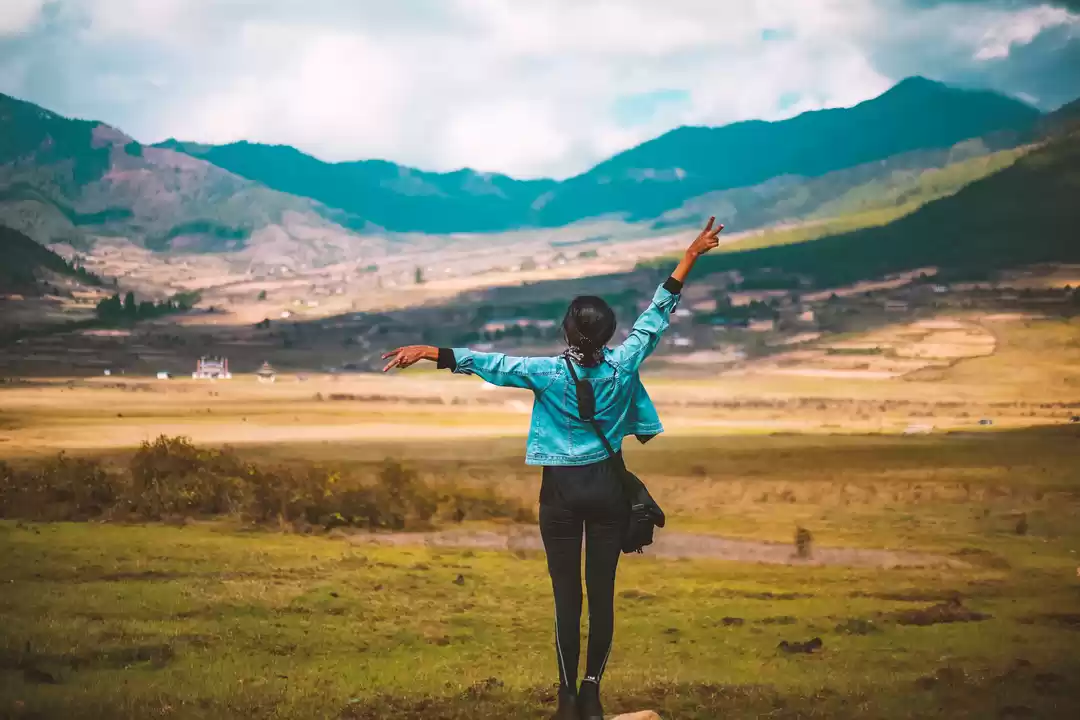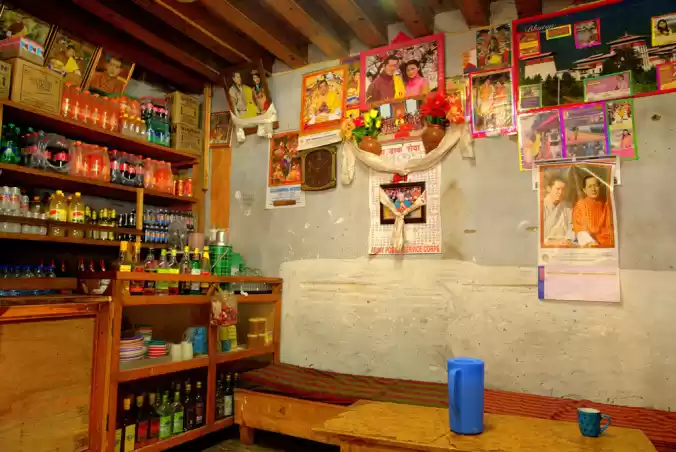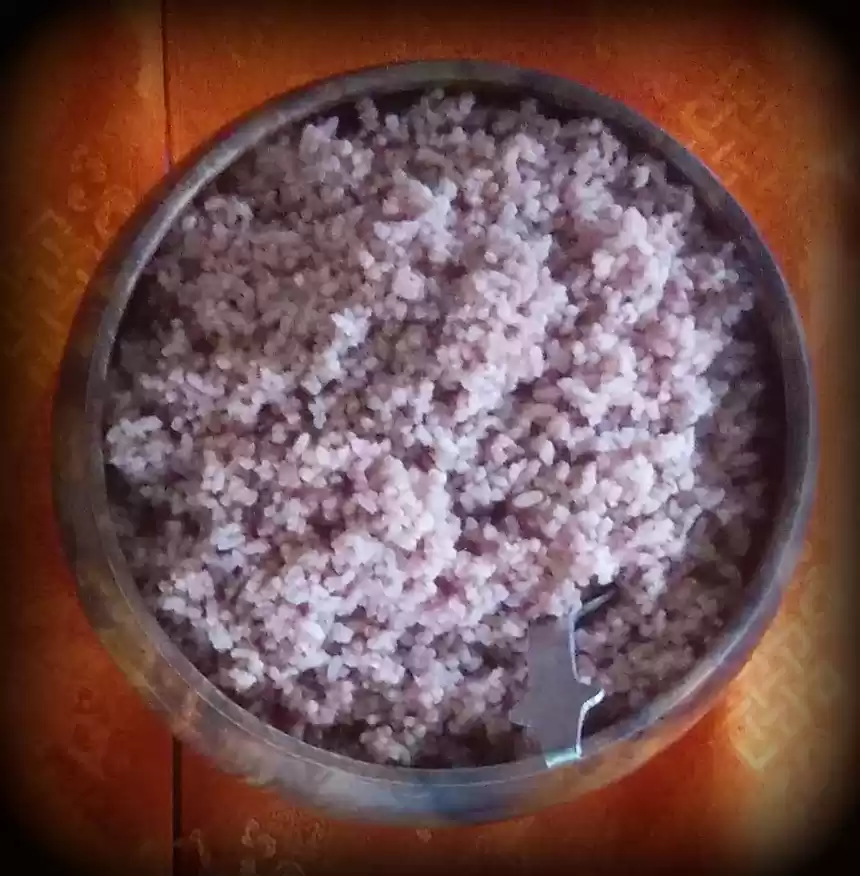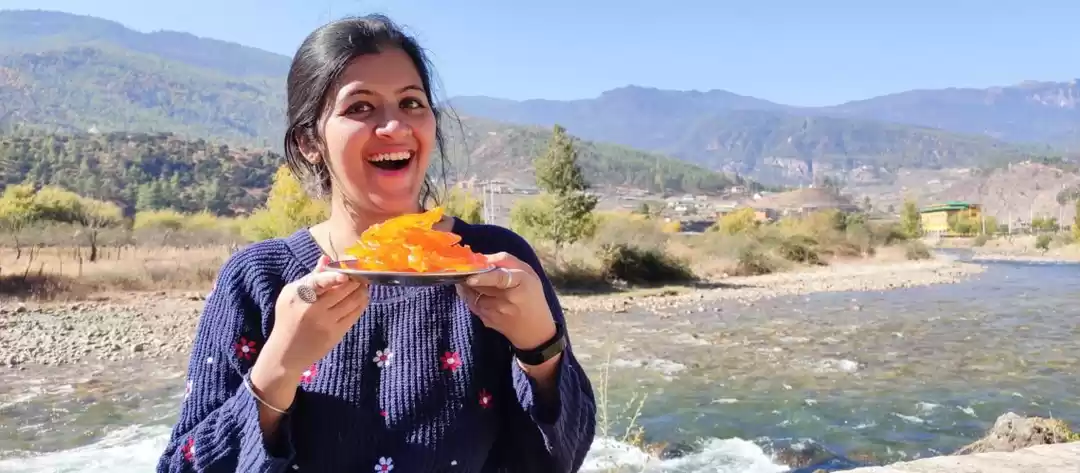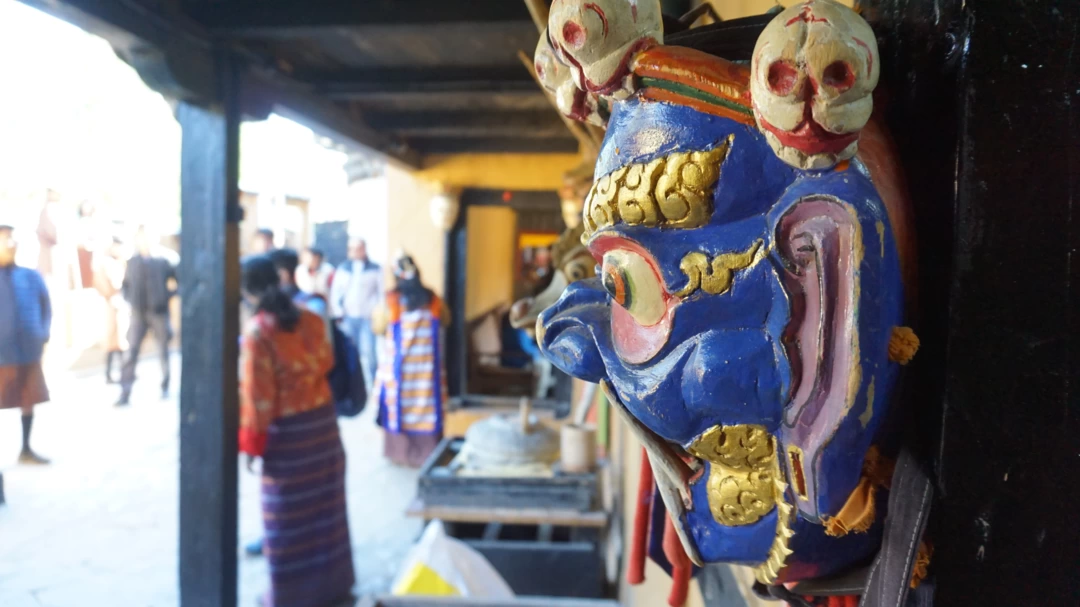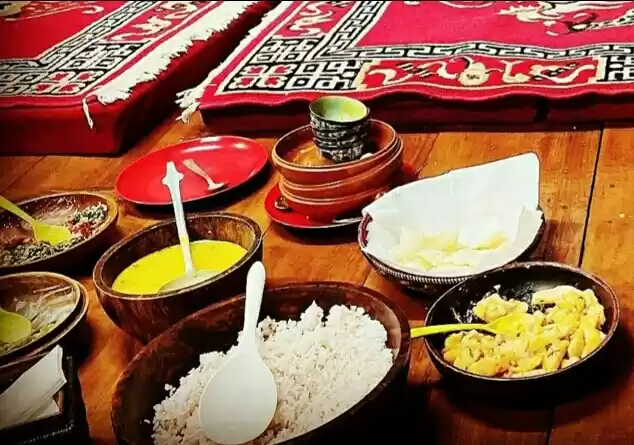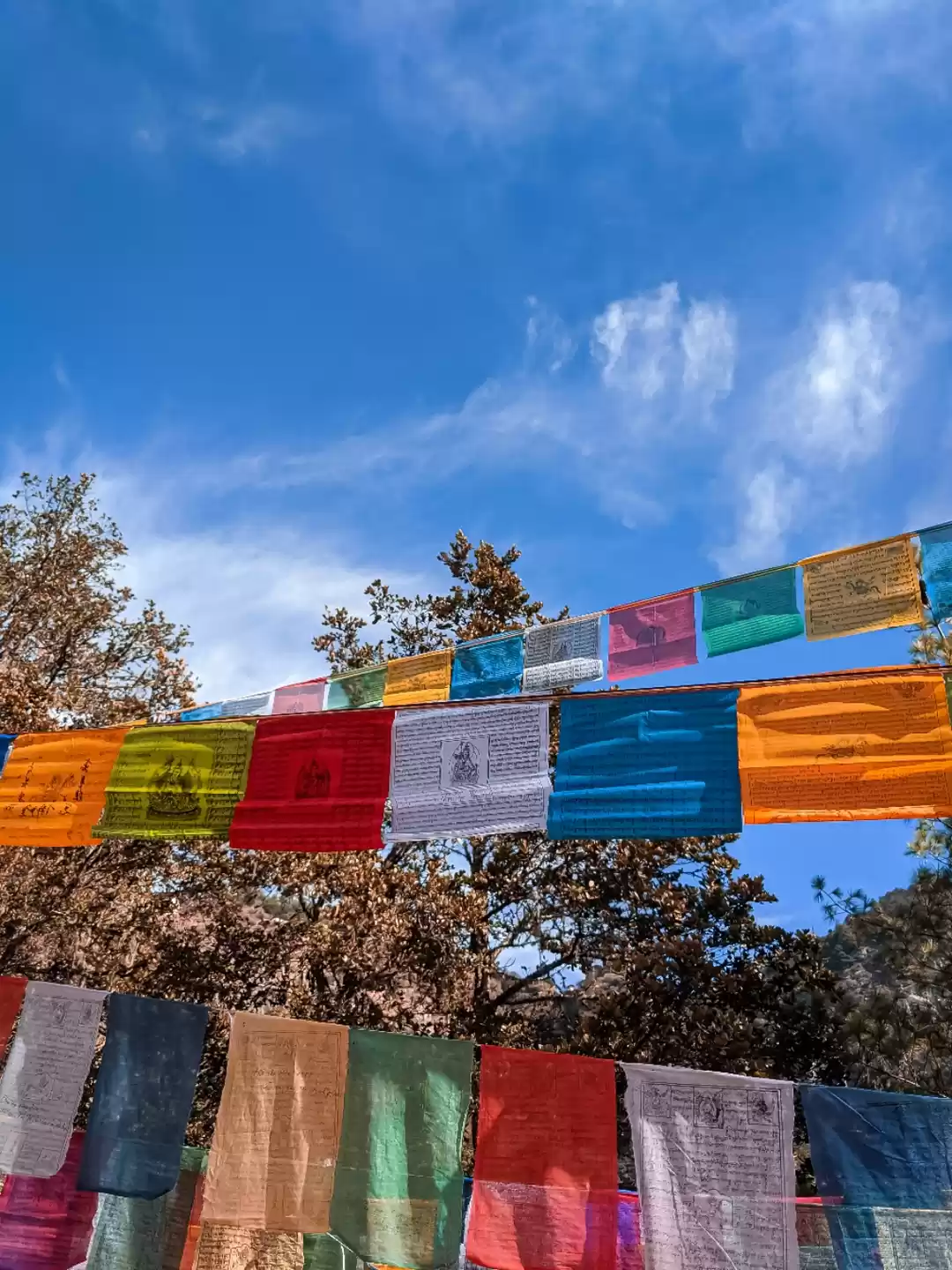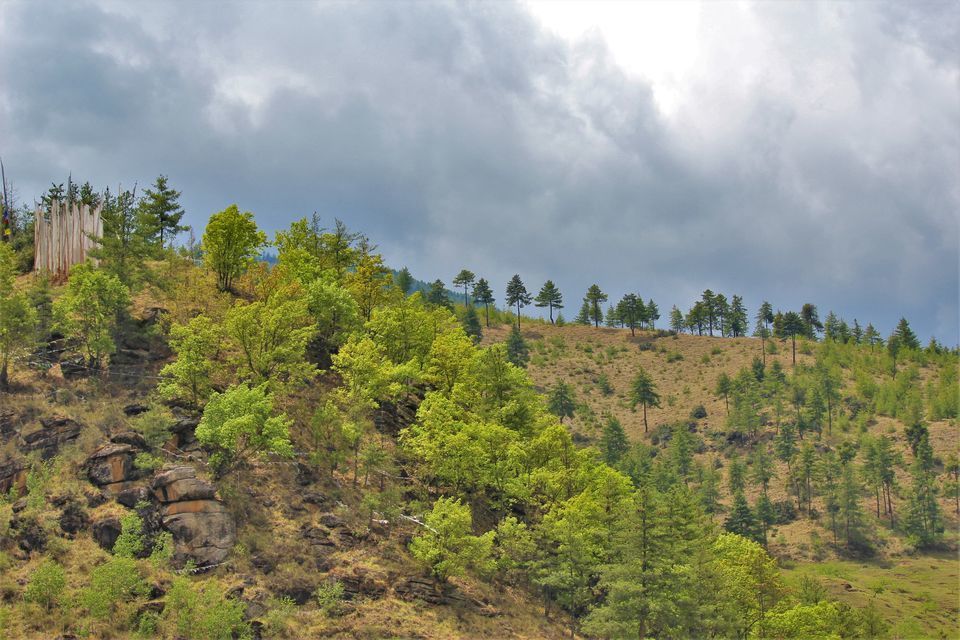
Ever since the Duke and Duchess of Cambridge visited Bhutan, this Buddhist kingdom has been on the bucket lists of most travel enthusiasts. While your eyes can feast on the expansive stretches of forests and hills all across this country, your mouth needs its own kind of feast. You will scarcely have explored a place till you've tried its food. Bhutan has a distinctive cuisine, comprising interesting ingredients and spicy flavours. On my trip to this Himalayan nation earlier this year, I set out in search of lesser known dishes which the popular tourist restaurants seldom have.
Try The Famous Dishes First
While I was still on my chase for rare food, I ate some delicious ema datshi (green chilies and cheese) - Bhutan's most loved preparation. Ema datshi (or datse) is eaten for almost every meal here, and also served as the first dish to welcome guests. This can be had on its own or with rice. I also had egg maroo (scrambled eggs with cheese) which had a watery consistency. I gobbled up the gravies with some traditional Bhutanese red rice. For those who love soup, their vegetable bathup (a green-coloured broth with spinach as the main ingredient) is a nutritious one. You cannot miss snacking on some momos (steamed or fried veg dumplings), which are popular all over Bhutan, Tibet and North-East India.
After having my fill of the common fare, I was hungry for more. For a true gourmand though, it is not enough to sample items which are in vogue and on the menu of every local eatery. We must hunt for the exotic!

Bhutanese people eat a lot of beef and pork in preparations which are usually on the spicier side. However, a vegetarian like me did not have any trouble finding local veg dishes. Apart from ema datse, I had the chance to gorge on some kewa datshi (potato and cheese) and shamu datshi (mushroom and cheese) also. If you prefer rotis to rice, eat your flat-breads with some ezay (chili chutney).
Paro and Thimphu (the capital) are the two most visited places in Bhutan. While you will have no dearth of red rice and ema datshi anywhere you stop to eat at either of these locations, to taste yet more remarkable dishes, you'll have to go away from the cities and the towns, and into little villages.
A short drive from Thimphu brought me to empty streets with hills on either side. I was in the village of Babesa. Most tourists make the mistake of trying only a couple of local dishes and then sticking to what they always eat. It is not difficult to find places that serve Chinese, Indian, Italian, and the ubiquitous English breakfast. But for the big eater with a discerning palate, Babesa has a lovely restaurant which serves an unusual fare.
The Babesa Village Restaurant is located just off the Babesa-Thimphu highway, but is easy to miss. Not a lot of locals seemed to know about this (as we found out while stopping to ask for directions). It is a good idea to call them ahead to ask for directions and to tell them to expect you.
This eatery is actually a home, and the hosts still live here. You will have to climb a few steps to enter the house. You can then choose to sit in the common busy dining area or climb some precariously held wooden steps to the upper room for a quieter and more intimate ambiance.
A Traditional Home Turned Into A Restaurant

Our private dining room was a lovely wooden enclosure with small windows that went from ceiling to floor. Our dining table was low and we sat on cushions thrown over the log-wood paneled ground. I was already enjoying the traditional seating plan while a waitress arrived to take our order. Gauging our hunger, she offered to bring us some vegetable soup first while we pored over the menu.
Start With Jaju - A Bhutanese Soup

Our soup arrived in a giant wooden serving pot. Bhutanese dining involves the use of wooden cutlery and bowls (instead of plates). Our soup was called jaju - a milk-based concoction of dried turnip leaves. I was glad we were eating in a village, because it is not easy to find turnip leaves in the cities. Most restaurants will use spinach as a substitute.
Everything is prepared fresh at this home, which is why we had to wait for more than an hour after we placed our order. This gave us enough time to take a lot of pictures and explore the model-kitchen outside our dining area.
What Goes On Inside A Bhutanese Kitchen

Bhutanese villagers use earthen pots to cook their meats and stews over a hearth fired by logs of wood. There is also apparatus to thresh rice, millet, wheat or maize hops for the liquor to be fermented or distilled (as per the desired strength of the alcohol). The local rice wine (ara) is available for as little as 20 ngultrums (Bhutanese currency) a cup. You might also want to try some zumzin (peach wine) and changkey - a wine made of fermented rice which may or may not contain egg.
Bowls Full Of Interesting Dishes

Our lunch arrived in wooden bowls of assorted sizes, and I knew that it was worth the long wait. We had ordered:-
1. Kakurukam paa: sun-dried pumpkin
2. Nakey datshi: fiddlehead ferns cooked with cottage cheese
3. Khulay: pancakes made of buckwheat (which is perhaps the second staple food of Bhutan after rice)
4. Mengay: This dish is a house-speciality - a pancake of first-harvest rice coated with a thick paste of egg, butter, perilla seeds and garlic
5. Loam paa: a fried dish of dried turnip leaves, onion, tomato, black pepper and chili powder
Jaju (the soup) was complimentary, and was refilled throughout the duration of the meal.
After hogging on all that food, we got a pleasant surprise when we received the bill, which did not even cross 500 ngultrum (approx. INR 500)! :-)
Know Bhutan Beyond The Tiger's Nest

Most travellers to this landlocked little country only know about the famous Tiger's Nest trek. To weather the cold and endure through this hike, you need to eat what the locals do! Head over to Babesa Village Restaurant and eat what other tourists are not eating. ;-) You can call them on their landline #02-351229 or cell phones #975-17163660/77171213.
Discover more such interesting food joints on my travel blog - Oindrila Goes Footloose. I also share pictures and poems on Instagram, Twitter and Facebook.






